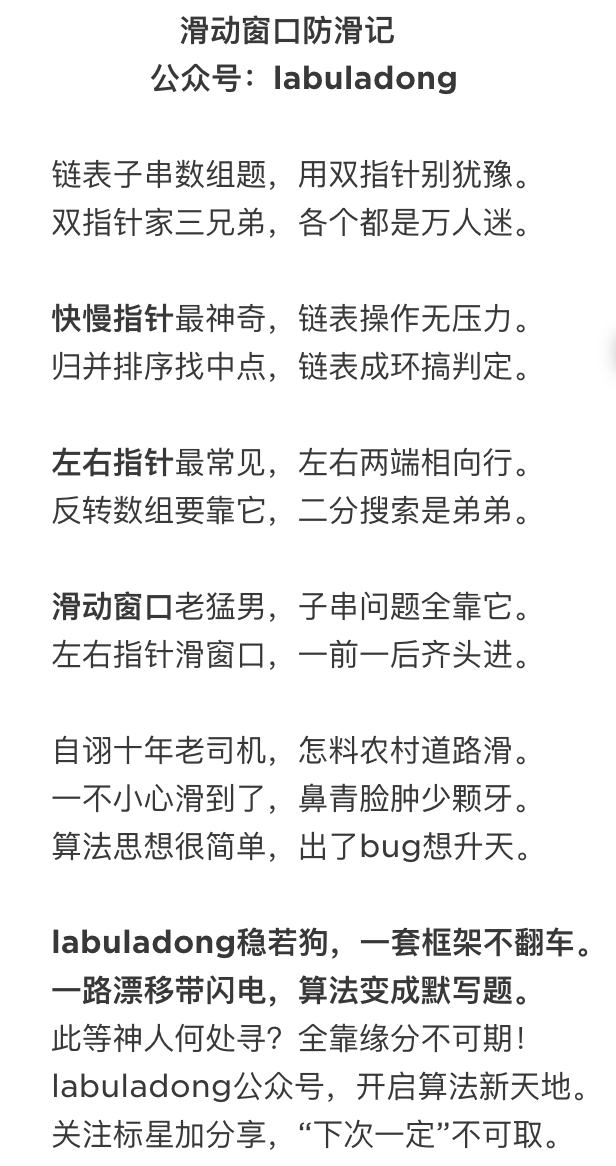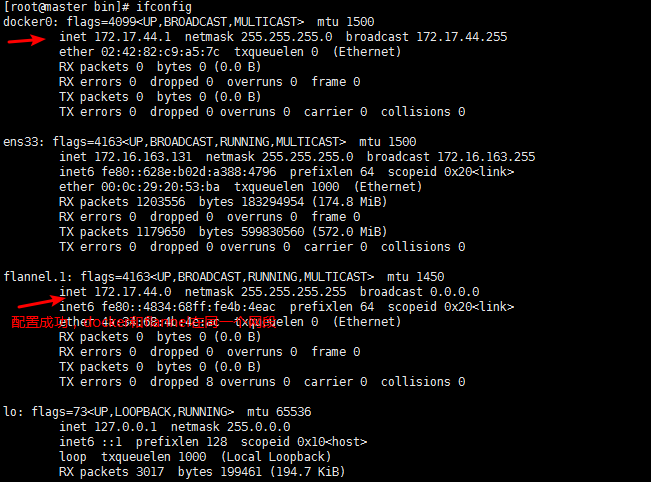I have noticed the snippet_1 in the implementation of one of the Node API's. Snippet_2 has been written by me. I don't feel much difference between them. Is there really any significance of using valueOf() function.
And also, we can notice a property called as valueOf which would return [Function: valueOf]
Snippet_1
Buffer.from = function from(value, encodingOrOffset, length) {
const valueOf = value.valueOf && value.valueOf();
if (valueOf !== null && valueOf !== undefined && valueOf !== value)
return Buffer.from(valueOf, encodingOrOffset, length);
}
Snippet_2
Buffer.from = function from(value, encodingOrOffset, length) {
if (value !== null && value !== undefined)
return Buffer.from(value, encodingOrOffset, length);
}






